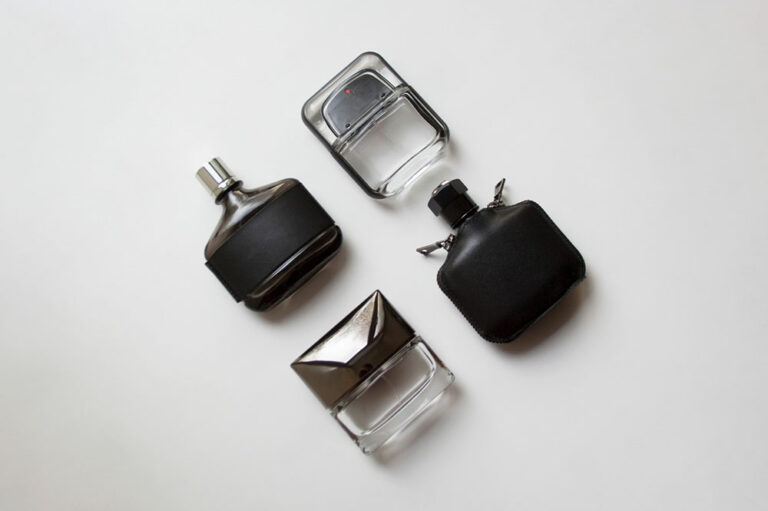6 early signs of prurigo nodularis

Prurigo nodularis is a skin condition characterized by severely itchy, raised nodules or bumps on the skin’s surface that can vary in size from a few millimeters to centimeters. They are typically firm and hard to the touch. The condition is accompanied by persistent and severe itching, which can significantly impact an individual’s quality of life. Here are a few early signs to recognize for early diagnosis and effective management.
Itching (pruritus)
The hallmark symptom of prurigo nodularis is relentless itching. This itching can range from mild to severe and occur in localized areas or affect larger body portions. The itching is often described as relentless and unbearable, leading individuals to scratch vigorously in search of relief.
Nodules or papules
Small, hard, and raised bumps or nodules appear on the skin’s surface in the early stages. These nodules typically measure a few millimeters to centimeters in diameter. They can be red, brown, or flesh-colored, often accompanied by intense itching. These nodules are distinct characteristics that set prurigo nodularis apart from other skin conditions.
Secondary skin changes
Over time, the repeated scratching and rubbing due to the intense itching can lead to secondary skin changes. These may include scaling, crusting, and excoriation, which are surface abrasions or scratches on the skin. These changes result from persistent trauma to the affected skin.
Hyperpigmentation
Chronic inflammation and scratching can lead to skin color changes, resulting in hyperpigmentation. The affected skin can become darker in hue compared to the surrounding region.
Skin thickening (lichenification)
As the condition progresses, the skin around the nodules may thicken and assume a leathery texture. This phenomenon, known as lichenification, is a response to chronic irritation and scratching. Lichenified skin can be more resistant to treatment and may require specialized care.
Scarring
In severe cases or when left untreated, prurigo nodularis can lead to skin scarring. Scarring can be permanent and may further affect the skin’s appearance and texture.
What causes prurigo nodularis?
Prurigo nodularis often begins with an initial itch that could be triggered by various factors, including insect bites, dermatitis, or underlying conditions like kidney or liver diseases. The other reasons include a dysfunction of the neural pathways, immune system, and skin barrier. Further, stress and anxiety can exacerbate itching and may contribute to the condition.
Prurigo nodularis can profoundly impact a person’s quality of life. The constant itching, physical discomfort, and visible skin changes can lead to emotional distress, anxiety, and a reduced ability to perform daily activities. Sleep disturbances are also common due to the itch.






